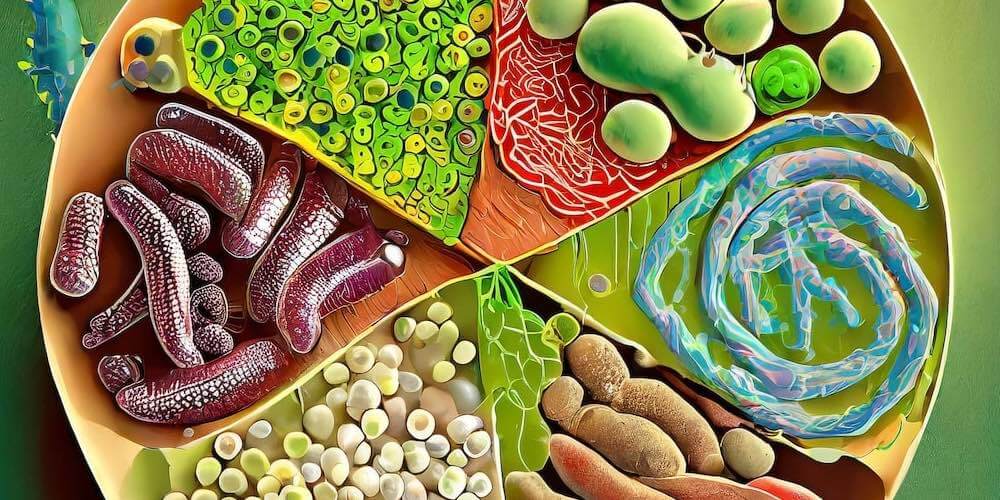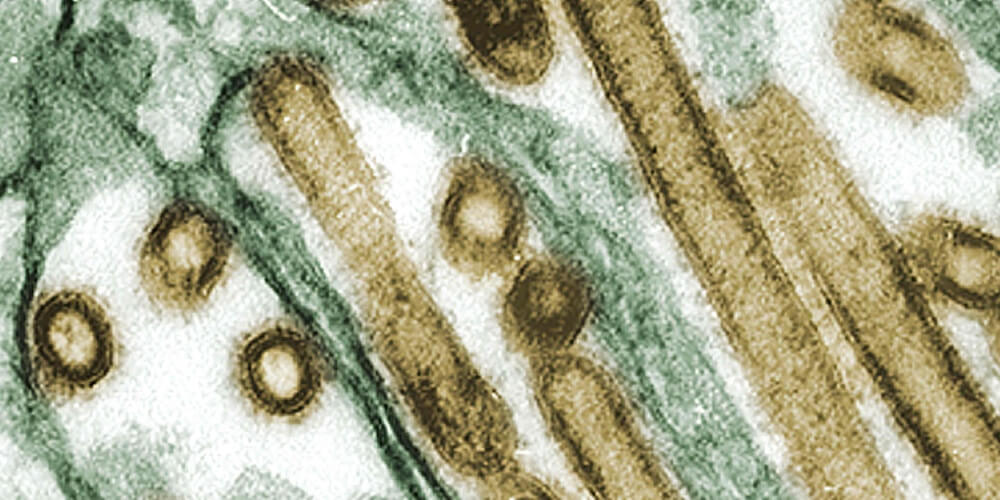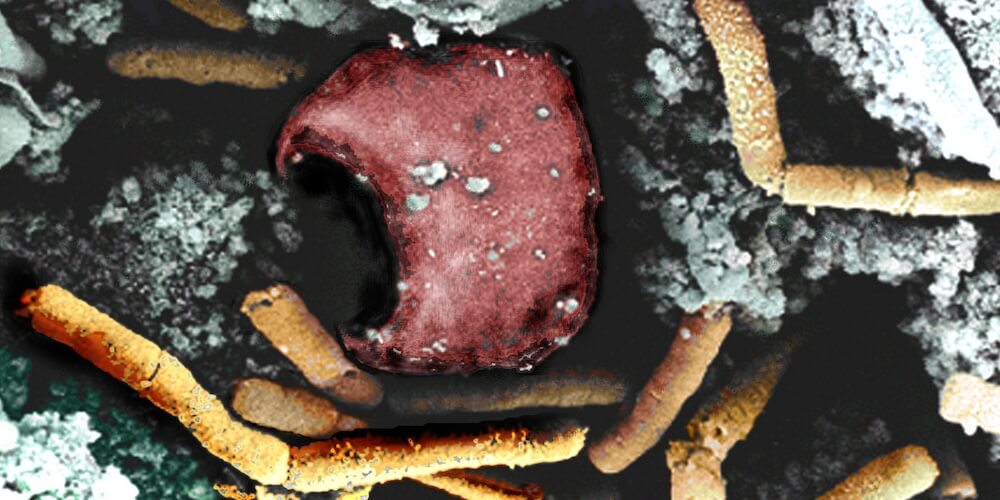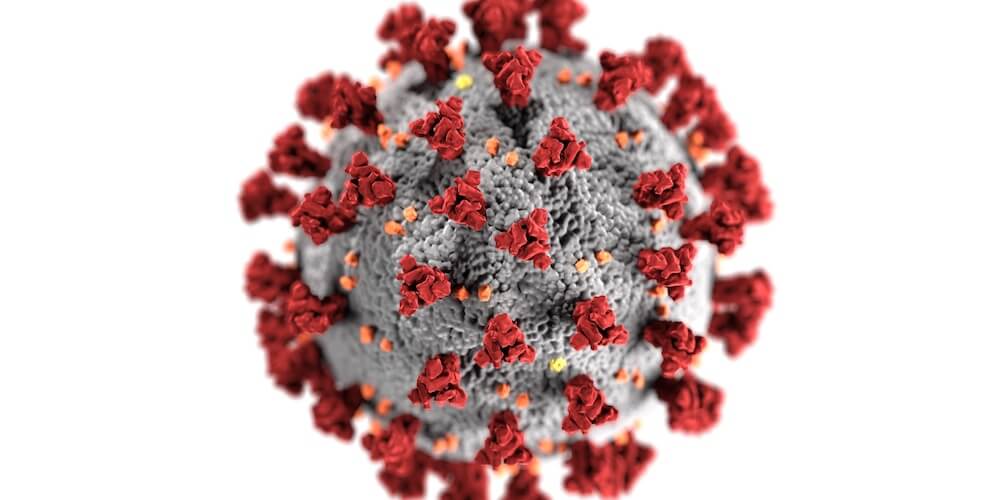Surveillance of antimicrobial resistance – flying blind or flying behind?
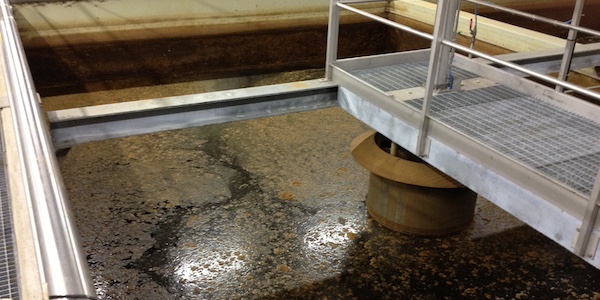
Danish professor and leader of the global sewage surveillance project, Frank Aarestrup, has, on multiple occasions, remarked that, when it comes to antimicrobial resistance (AMR), “surveillance is the basis of everything and without it we are flying blind”. Considerable experience has gone into that statement, but what is it that makes AMR surveillance so important, and particularly, why is sewage surveillance so critical?
Surveillance of AMR in clinical and veterinary settings enables informed interventions against resistant pathogens. It also facilitates changes in the quantities and usage of some antimicrobial substances in response to changing resistance patterns (VKM, 2022). Measuring AMR in sewage is a relatively simple way to obtain a snapshot of the AMR situation in the general population in, for example, a city (Hutinel et al., 2019). By integrating this into time series, we can also follow how the AMR situation changes in the community over time (Aarestrup & Woolhouse, 2020; Flach et al., 2021).
The benefits of this have been recognised, and the EU have mandated that, by the end of 2025, member states shall “ensure that antimicrobial resistance is monitored” for wastewater treatment plants serving more than 100,000 people (European Parliament, 2022/0345). Given the urgency, it might be a bit surprising that the only thing the proposed directive says about the implementation is that the commission should establish “a minimum frequency of sampling and a harmonised methodology for measuring antimicrobial resistance in urban wastewaters, taking into account at least all available data from national public health authorities and national authorities responsible for monitoring antimicrobial resistance.” That’s it. Consequently, there is now a lot of work to do in a short time to figure out the best way to do this.
Unfortunately, depending on what the goals are for AMR surveillance in wastewater, the appropriate methodologies, sampling frequencies, scopes, and times-to-results can be very different. The motivation for surveillance of AMR in sewage from the EU is to “increase the knowledge on the main sources of AMR (…) to further develop our scientific knowledge and potentially take adequate action in the future” (European Parliament, 2022/0345). As a scientist, I am thrilled about this, but it leaves all options open for unsustainably expensive solutions that will give a lot of scientific value, but might be of limited use for taking policy actions.
Whilst a method like the one proposed and used by Frank Aarestrup’s global sewage surveillance project (Munk et al., 2022) will generate a plethora of scientifically valuable information, it is fairly expensive, especially for repeated surveillance. There are more than 1500 sewage treatment plants in the EU with a capacity of ≥100.000 person equivalents (van Dijk et al., 2023). If all of those performed this type of surveillance once per month, it would cost millions of Euros every year. Although the average cost would equate to less than a Euro per person, we should still ask ourselves if this is the most efficient use of this money.
This is particularly important, since sewage monitoring with this frequency has a limited value for taking measures to restrict the spread of AMR. During the COVID-19 pandemic, we learnt that frequent sewage sampling can be as accurate, sometimes more accurate, for tracking population-level transmission as measuring cases in clinics. It also allowed specific variants spreading in the population to be traced, which could allow for better, and quicker, policy actions (Bonanno Ferraro et al., 2021). Unfortunately, once-per-month sampling will not help much in this regard, and would thus mostly have scientific value.
Furthermore, to continue the flying-blind analogy, pilots sometimes talk about being ‘behind the plane’. This refers to a situation where the pilots are reacting to what happens to the plane in an unexpected sequence of events, rather than controlling the course of actions. This means that they are put on the defensive and need to ‘catch-up’ with the plane to regain control of the situation. Similarly, sewage surveillance allows us to avoid flying blind, but could still lead to being ‘behind the plane’, since this form of surveillance only contributes a picture of what is already happening in the population. Detecting the rise of a new form of resistance in sewage means that it is already spreading in the population, and that it may be too late to take any preventive measures.
This is where environmental surveillance of AMR outside of sewage may play a role. By identifying high-risk environments for transmission of AMR to humans, it might be possible to get ‘ahead of the plane’ and control where it is going. But we are not there yet.
A major hurdle to make broader environmental surveillance of AMR possible is that the task easily becomes measuring everything, everywhere, all the time (Bengtsson-Palme et al., 2023). This is clearly untenable, which means that there is a need to define where such environmental monitoring would make sense. What are the settings and conditions warranting such scrutiny of elevated resistance levels? And how should this be done?
These are questions addressed in the EMBARK and SEARCHER projects. A useful starting point would be sites and sample material coming from control points where interventions aiming to reduce transmission of resistant bacteria could be implemented. An additional benefit would be if existing monitoring infrastructures could be utilised, for example those for maintaining safe drinking water, bathing water, and food production (Bengtsson-Palme et al., 2023). That said, much is left to be done just in terms of identifying the situations where it would be worthwhile to spend money on environmental AMR surveillance.
This is a we-need-to-talk moment for scientists and stakeholders in the field. The methodology that will underpin upcoming EU legislation is unclear, as are the long-term purposes. It is also uncertain how we can best extend surveillance from sewage into the general environment and when this would be justified.
This is why the timing of two workshops this autumn is exciting and promising. First, there will be the DDLS Symposium on Data-Driven Environmental Monitoring of Infectious Disease on 7th-8th October in Uppsala, where, among others, Frank Aarestrup will be present to discuss the future directions of AMR and pathogen monitoring. Second, there will be a workshop organised by CARe in Gothenburg on 28th October on the theme of sewage surveillance of antibiotic resistance, focusing on the new EU requirements. Fora like these are critical in getting AMR surveillance in sewage and the broader environment right, and to avoid spending large amounts of money on data that will be hard to use for future interventions.
Cite this editorial
Bengtsson-Palme, J. (2024). Editorial: Surveillance of antimicrobial resistance – flying blind or flying behind? Swedish Pathogens Portal. DOI: 10.17044/scilifelab.27045433.
